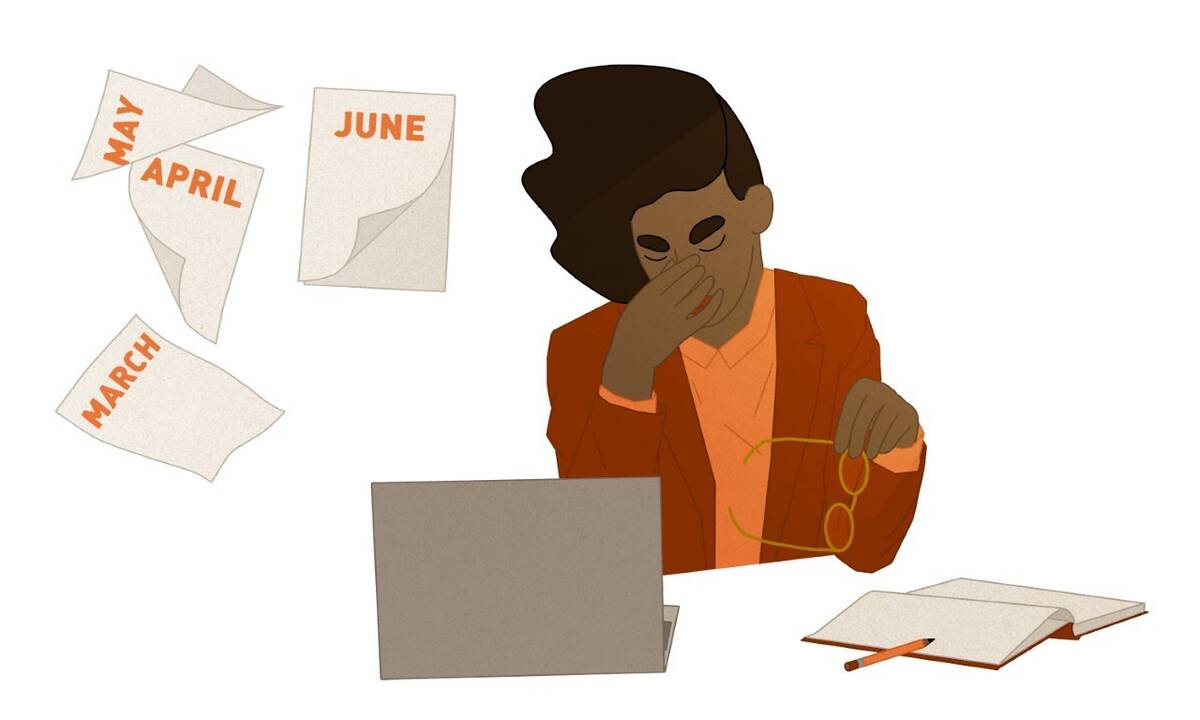Featured Faculty
Senior Fellow and Adjunct Professor in the Kellogg Executive Leadership Institute

Lisa Röper
Editor’s note: This is part of a series of articles based on Kellogg Executive Education webinars focused on COVID-19.
Once upon a time, back in early March, many of us expected that the coronavirus would place a temporary pause on normal life. We’d be out of the office for a few weeks, kids would switch to remote learning for a bit, but then everything would go back to how it was.
Each Thursday, Kellogg faculty are offering free webinars on how COVID-19 is impacting businesses, markets, and careers. You can sign up for upcoming sessions, hosted by Kellogg Executive Education, here.
Now, three months later, it’s clear that we’re in this crisis—the public-health crisis and the ensuing economic one—for the long haul.
“We live in a world of increasing complexity and uncertainty,” says Mike Rogers, a retired four-star admiral in the U.S. Navy. “I don’t see that changing in the near term, which means we need to figure out how to operate in this.”
So how does one not just operate but lead through a long-term crisis?
Rogers, a senior fellow and adjunct professor at the Kellogg School of Management, offered advice for leaders during a recent webinar from Kellogg Executive Education. His suggestions related to both the COVID-19 crisis as well as the ongoing protests over racism and police brutality.
For starters, Rogers says you need to make sure that whatever you are doing, you are acting in line with your values and your organization’s values. This can be particularly hard in a crisis, when emotions run high, and stress takes a toll on people mentally and physically.
“Sometimes the pressure to just do something can drive you up to the edge and sometimes over the line,” he says. Which is why you need to “think about what are your red lines before you get into the middle of a crisis.” For Rogers, this meant committing to never engage in anything he thought was illegal, immoral, or unethical, even though saying no to a superior could mean a court martial.
Leaders should also be asking specific questions in the midst of a crisis because the landscape has likely shifted from where it was pre-crisis or even early on in the crisis. For one thing, risk may look very different than it did three months ago, so leaders need to reassess by asking, “What is it that potentially puts at risk our ability to execute our mission, whatever the outcome is that we as a business are focused on?” he says.
The flip side of this is that opportunities may have shifted as the crisis continued, too. So leaders should be asking, “What does opportunity look like in this new world?”
Crucial in all of this is that leaders not overlook the human dimension of a crisis, which has been particularly acute during this pandemic.
“As a leader, you have got to understand what are the pressures that your workforce is dealing with now that they weren’t three months ago. What are their concerns?” he says. This is done by actively listening to your people, Rogers says, which is a skill that leaders often don’t focus on.
Mid-level managers, too, have a part to play. They should be listening to the concerns of their teams and then passing that information up the hierarchy so that senior leaders have a true sense of what people are stressed and griping about. And the longer the crisis goes on, the more likely it is that new stresses and gripes will emerge, as coping mechanisms that seemed reasonable in the first few weeks are no longer sustainable.
He saw this evolution happen in the military as a high-stress situation would drag on. “In the beginning, there’s this adrenaline, there’s an excitement almost, ‘okay, we’re going to beat this!’ Then you find yourself, month after month, dealing with uncertainty, waiting for something to happen in a high state of readiness,” Rogers says.
Listening to employees is also a strength when a company wants to help its community during a crisis. Ask your workforce, “‘As employees and as citizens, tell us what you think would be the most relevant? Where could we, as a company, make a difference?’” Rogers says. “They’re living in the communities day-to-day in a way that the senior-most leaders don’t.”
And business leaders should be seeking to help their communities these days.
“Businesses, just like the military, we’re a component of the broader societies that we serve,” he says. “Let’s roll up our sleeves and think what can we do to make things better.”
You can watch the full webinar here and see previous articles from this series here.